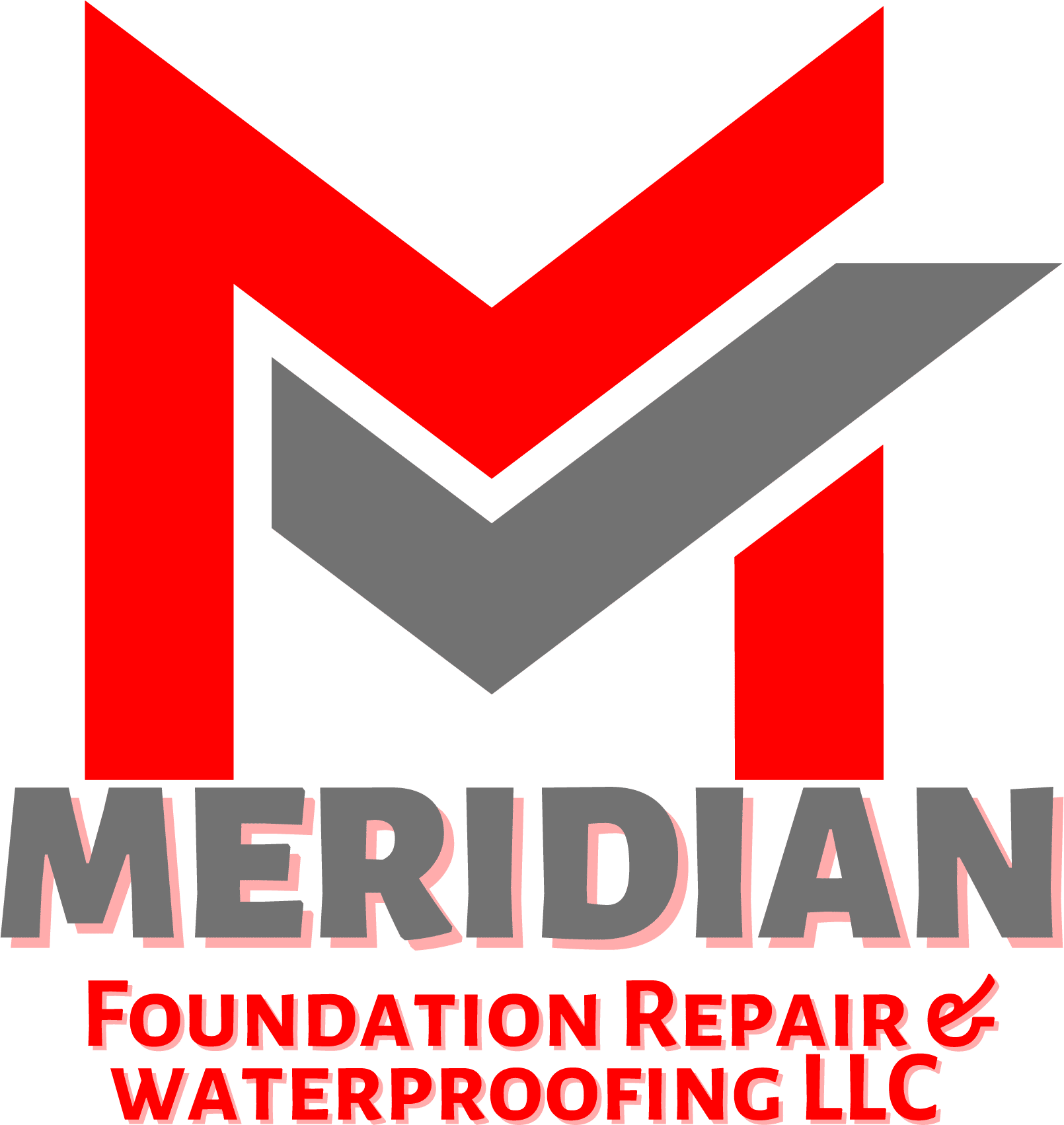Homeowners, landlords, and would-be purchasers should be on the lookout for telltale signs of structural damage to a building’s foundation. If your home’s foundation is settling, it’s crucial to address the issue as quickly as possible. There are several factors to consider when deciding which technique of foundation repair is best for your home, including the visual signs your property is showing, the soil’s composition and compaction, the depth to which stable conditions may be discovered, and the type of foundation that has to be supported.
Most types of foundation repair are beyond the scope of a do-it-yourselfer’s skillset and should be left to a professional. But knowing the condition and your alternatives before hiring a contractor or foundation repair professional is extremely important. Some foundation repair methods are more expensive than others, and others have been in use for well over a century. If your foundation needs fixing, here are several options you might consider.
Problems with your home’s foundation don’t always require major work to be fixed; nonetheless, they should be addressed properly. One quick solution for foundation issues is slab jacking.
Concrete foundations are commonly repaired by slab jacking. Using this method instead of pouring a brand-new concrete base is much less intrusive. It is also useful for fixing concrete slabs that have become unleveled. To make the foundation even, slab jacking raises one edge of the concrete floor. There is less potential for mess because no concrete needs to be broken up in this method.
It is in fact a simple method in which, rather than repairing the concrete, a professional drills holes in your foundation at certain spots and then uses small holes to inject a combination of grout or foam below, causing it to rise in a matter of hours.
If you choose this method instead of pouring a new concrete foundation, you could save a lot of money and have your home’s foundation repaired much faster.
Permanent and more extensive foundation repairs include piering or piling, which can be done in a variety of ways depending on the soils underlying the structure.
Steel Piers
Steel piers are the greatest long-term answer to stabilizing the foundation, but they are also the most expensive option there is. Galvanized steel posts are used for the repair and are hammered into the soil far below the structure’s foundation. The piers can be dug as far as needed to reach bedrock or soil dense enough to carry the load. Steel piers are long-lasting fixes that can support enormous loads and are effective in virtually any type of soil above them.
Helical Piers
Galvanized steel helical piers are another long-lasting option for fixing foundations. They are essentially steel posts with a helically formed leading tip, like a screw or auger, that twist into the earth and draw the pier deeper beneath the surface when rotated by heavy machinery. Commonly used for fixing cracks in pier and beam foundations and lightweight concrete slab foundations, these piers are also known as anchors. New foundations can also be set up with the use of helical piers. When other solutions are not feasible, helical piers are utilized as an alternative.
Without having to drill down to bedrock, helical piers can effectively sustain the enormous loads of a house and its foundation. Before firmly attaching the devices to the home, they are drilled into the ground until they reach dense, heavy soil that can withstand the weight.
Concrete Piles
Pre-cast concrete piles might take the form of simple blocks or cylinders. Sizes range from inches to feet in both thickness and length. The piles, which can be either a single unit or a series of units piled on top of one another, are driven or positioned below the foundation into the compacted earth. When compared to steel piers, the price of concrete piles is far more reasonable. However, whether or not they are an effective solution for your foundation depends on the soil beneath your home.
Poured Concrete Piers
If the soil is stable under your house, poured concrete piers are another low-cost option for fixing the foundation. The process entails excavating a sizeable pit underneath the foundation, filling it with wet concrete, and waiting for it to dry before reattaching it to the house. Depending on the soil type, poured concrete piers can take the form of either plain cylindrical columns or, for added stability, bell-shaped columns.
Conclusion
Repairing a building’s foundation is essential to ensuring the stability and security of the structure above. The mentioned methods are only a few of many that may be utilized to fix a damaged foundation. There are advantages to each method, and they are all tailored to fix certain problems at the root. Consultation with a skilled contractor who can check the foundation thoroughly and provide recommendations based on their findings is essential for determining the best foundation repair procedure for a given case. Property owners may rest easy knowing their buildings are secure and safe for years to come if they invest in the proper foundation repair method.


